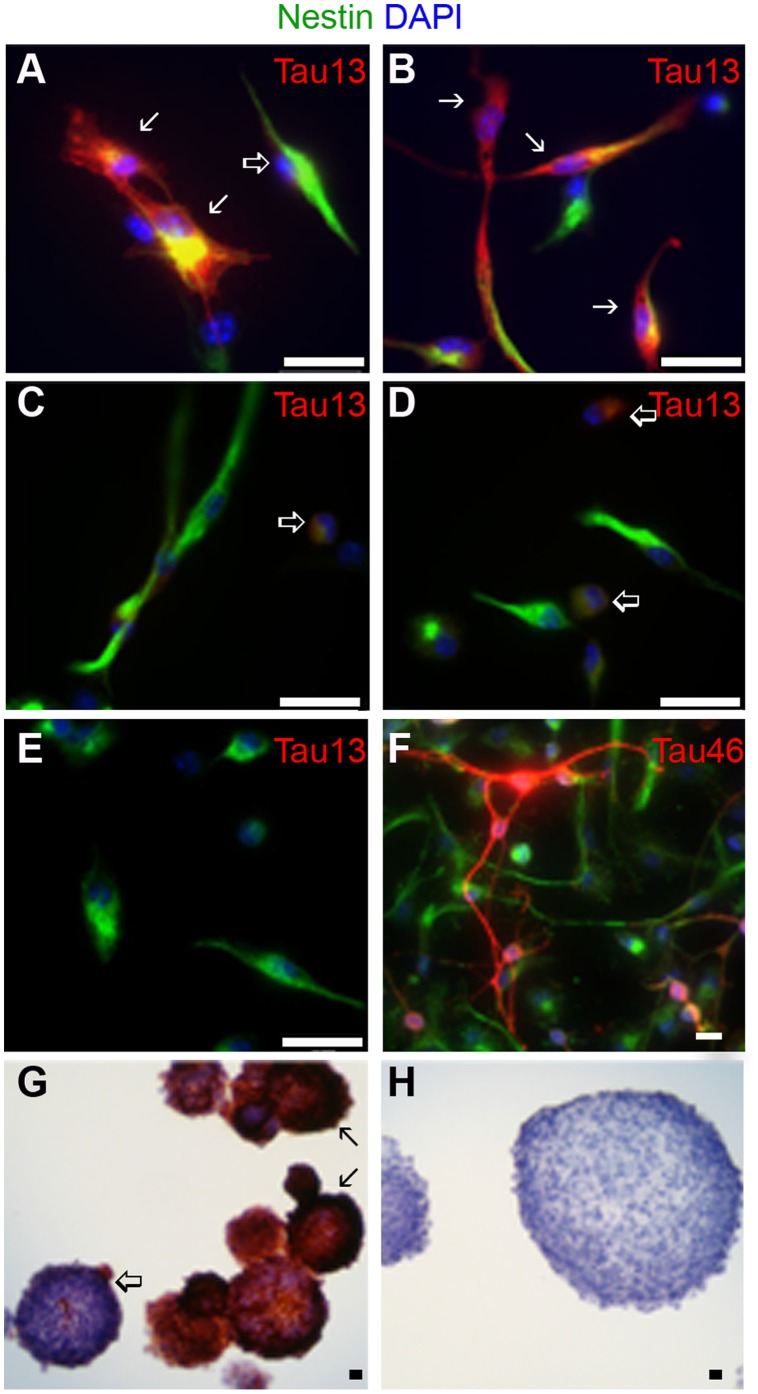Figure 2. Single-cell staining revealed protein expression heterogeneity in transgene expressing cells.
Nestin staining is shown in green (A through F), Tau13 (A through E) or Tau46 (F) in red, and DAPI in blue (A through F). A proportion of cells from rTg(tauwt) (21–30%) (A) and rTg(tauP301L) (38–44%) (B) cultures displayed strong immunoreactivity with Tau13 (solid arrow), while others had weak immunoreactivity with Tau13 (open arrow). Cultures containing responder transgene alone, TRE-tauwt (C) and TRE-tauP301L (D), did not contain any cells with strong Tau13 immunoreactivity, but they did contain some cells with weak immunoreactivity (open arrows) indicative of leaky transgene expression. (E) Cultures containing only the transactivator transgene, Tg(CK-tTA), did not express human tau but were immunoreactive with Tau46 (F), an anti-tau antibody that reacts with both mouse and human tau. Nearly all cells of all genotypes were immunoreactive with the anti-nestin antibody (green). Scale bar = 25 µm. (G) Immunohistochemistry of cryosectioned neurospheres probed with Tau13 revealed that some neurospheres from rTg cultures, rTg(tauP301L) shown here, contained a large proportion of transgene expressing cells (closed arrow), other neurospheres from the same culture contained very few transgene expressing cells (open arrow). (H) Control Tg(CK-tTA) neurospheres were not immunoreactive with Tau13.

